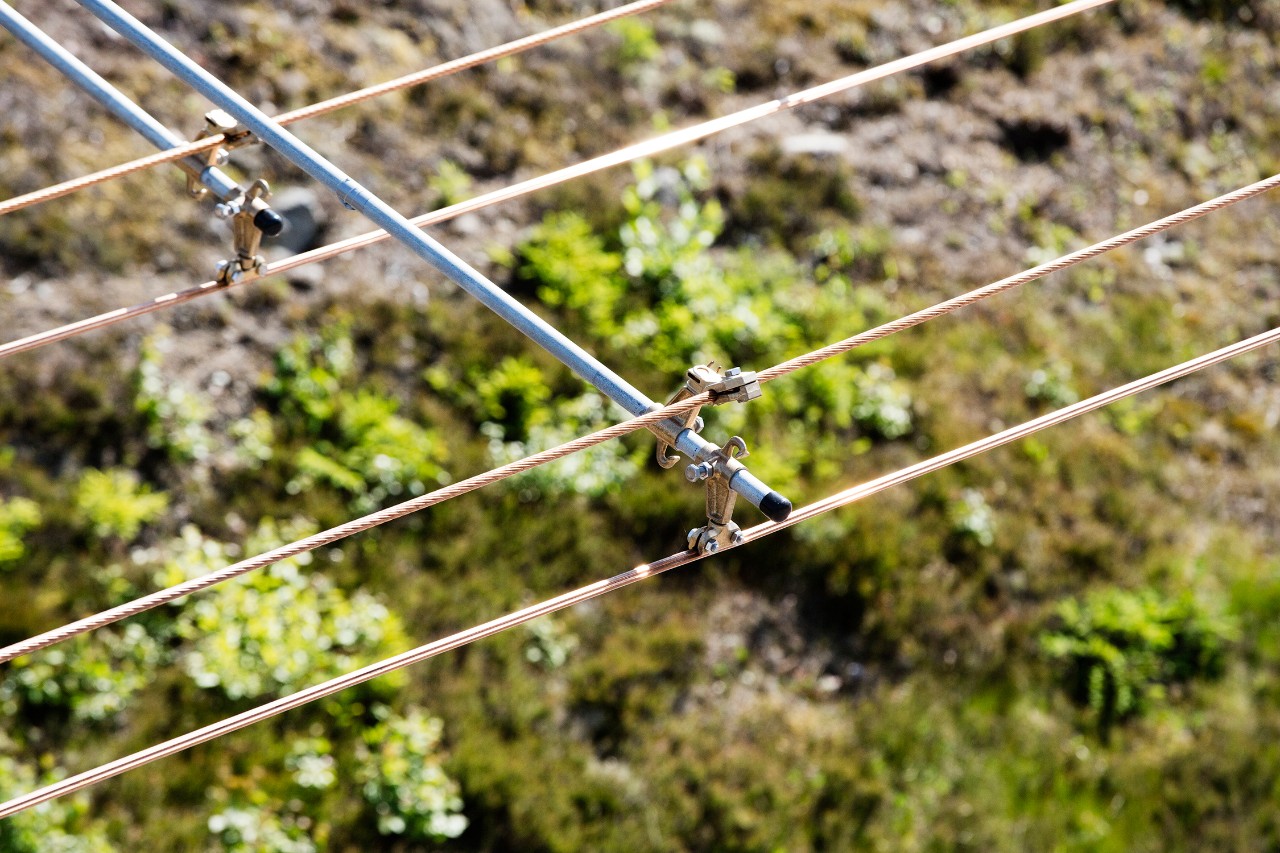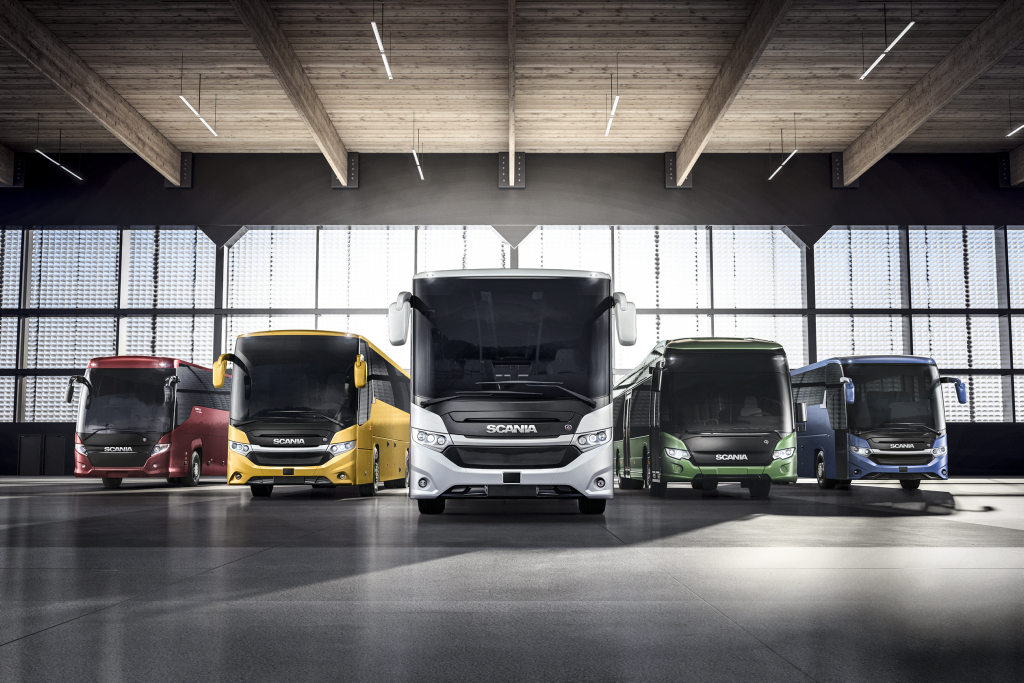
Why electrification is here to stay
23 JANUARY 2018
Environmental benefits and growing financial viability make electrified vehicles key to sustainable transport.
The impact of the disruptive trends on the transport industry is not only significant when it comes to sustainable choices, it is fundamental consideration for good business. Scania is working on a wide range of sustainable transport technologies to replace fossil fuels. The electrification roadmap is a key element of that strategy.
The importance of electrification to transport
Nils-Gunnar Vågstedt, who leads Scania’s research into electrification technology, explains just how important this trend is in a global context.
“To start with, there is a growing global awareness of electrification and its environmental benefits, including the potential zero carbon footprint, quieter vehicles and zero particle emissions.
“Not only can emissions be reduced when using electrified vehicles but also, crucially, energy consumption can be considerably reduced.”
Why the transport industry is embracing electrification
There are numerous forces behind the electrification of today’s transport industry, and although long-haul transport is a little behind the rest of the sector, it is catching up fast, with a growing number of bio-fuelled hybrids as well as fully-electric vehicles on the market. Here, Scania is playing a leading role.
One reason things are changing so quickly in the transport industry is that electric vehicles are becoming increasingly financially viable in their own right, without the need for additional subsidies as was required in the early development stages of the technology.
“When operational economy and society’s most important goal of reduced environmental impact are aligned, choosing the best solution will become very simple, and a disruption of the industry’s existing technological model will follow,” explains Vågstedt.
Infrastructure and batteries remain barriers to electrification
Batteries and infrastructure loom large as challenges that need to be met in the journey towards the electrification of vehicles. Both still require major development before they can be ready to support fully-electric vehicles en masse, as well as work with the different hybrid versions that also require batteries and which are more commonplace today.
Vågstedt and his team at Scania are aware that there is much still to do.
“Batteries for vehicles of all sizes are already high in demand, and we are still in the early days of adoption of this technology. We are moving in the right direction and it’s happening fast, but more sustainable batteries need to be developed. They need to live longer, be more energetic and the cost needs to come down. As an industry we also need to make sure that the sourcing of materials, the energy-intense production and the recycling of batteries are all sustainable over time.”

The technology behind how batteries are charged from the grid also remains an issue; not only for Scania but for the whole industry.
“The electrified solutions we work with are strongly correlated to charging systems and strategies. This means batteries and charging systems must be viewed together as part of the overall infrastructure.”
One of the pillars of Scania’s approach to delivering sustainable transport solutions is to make sure they are as energy-efficient as possible. In the case of electrification, this means to use as few batteries as possible for a specific transport solution and optimise stops for charging, or to charge whilst driving, such as happens on the electric highway.
When, not if electrification takes off
It’s not a matter of if electrification takes off, it’s when.